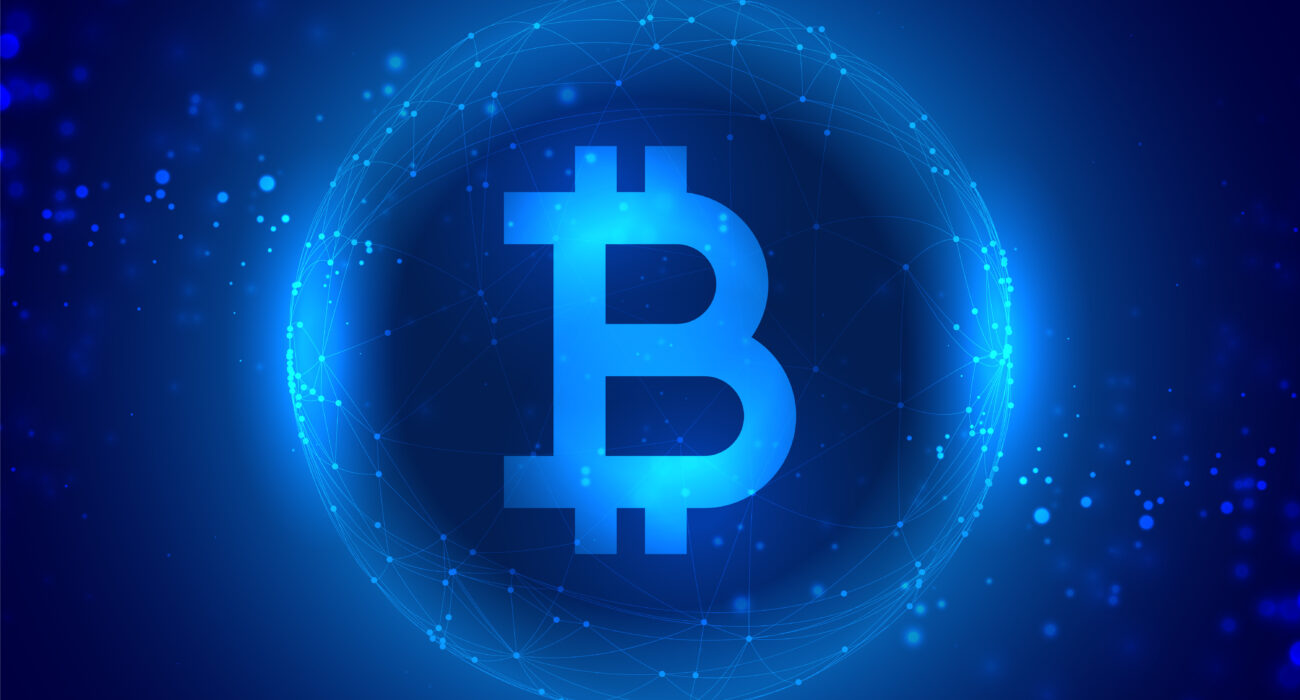Introduction to Bitcoin Mining
Bitcoin has revolutionized the way we think about money, offering a decentralized, borderless digital currency. At the heart of this system is the bitcoin miner machine, a specialized device responsible for validating transactions and securing the network. Without these machines, the Bitcoin blockchain would not exist in its current secure and functional form.
In this article, we will explore what a bitcoin miner machine is, how it works, its essential features, and how to choose the right one for your mining goals.
What Is a Bitcoin Miner Machine?
A bitcoin miner machine is a computing device specifically designed to perform the complex calculations needed to add new transactions to the Bitcoin blockchain. This process, called mining, uses the SHA-256 cryptographic algorithm to solve mathematical puzzles.
When the correct solution is found, the miner earns a block reward—a fixed amount of Bitcoin—plus any transaction fees in the block. This reward system incentivizes miners to contribute their computing power to the network.
How Does a Bitcoin Miner Machine Work?
1. Solving Cryptographic Puzzles
Bitcoin operates on a proof-of-work consensus mechanism. A miner machine takes transaction data and runs it through a hashing process repeatedly, searching for a hash value that meets the difficulty target set by the network.
2. Broadcasting and Verification
Once a valid hash is found, the solution is broadcast to the network. Other nodes verify the work, and if correct, the block is added to the blockchain.
3. Energy Consumption
Because mining requires continuous calculations, bitcoin miner machines consume substantial electricity. This makes efficiency a critical factor in choosing a device.
Evolution of Bitcoin Miner Machines
In Bitcoin’s early days, mining could be done using regular CPUs. As difficulty increased, miners moved to GPUs for better performance. Later, FPGAs (Field-Programmable Gate Arrays) were introduced, offering improved efficiency.
Today, ASICs (Application-Specific Integrated Circuits) dominate the market. These are custom-built machines optimized solely for Bitcoin mining, offering unmatched hash rates and energy efficiency.
Key Features to Consider in a Bitcoin Miner Machine
Hash Rate
The hash rate, measured in terahashes per second (TH/s), shows how many calculations a machine can perform per second. A higher hash rate improves your chances of mining a block.
Power Efficiency
Efficiency is measured in joules per terahash (J/TH). Lower numbers mean the machine uses less power for each unit of work, reducing operating costs.
Cooling Systems
Mining generates significant heat. Machines with advanced cooling systems can maintain stable performance and last longer.
Noise Levels
If you plan to mine at home, noise can be an issue. Some high-powered machines are loud, making them better suited for dedicated mining facilities.
Popular Bitcoin Miner Machines in 2025
Here are some top-performing models in the current market:
Antminer S21 XP
-
Hash Rate: 270 TH/s
-
Efficiency: 16 J/TH
-
Ideal for industrial-scale mining.
Whatsminer M60S
-
Hash Rate: 170 TH/s
-
Efficiency: 18 J/TH
-
Known for durability and stability.
Avalon A1466
-
Hash Rate: 150 TH/s
-
Efficiency: 21 J/TH
-
Suitable for medium-sized mining setups.
Cost and ROI Considerations
Investing in a bitcoin miner machine involves more than the purchase price. You must factor in:
-
Electricity costs: Often the largest ongoing expense.
-
Maintenance: Cleaning, replacing fans, and other upkeep.
-
Cooling solutions: Essential for performance and longevity.
-
Hosting fees: If you use a mining farm or data center.
Before buying, use online mining calculators to estimate return on investment (ROI) based on your electricity rate, machine efficiency, and Bitcoin’s current market price.
In-House vs. Hosted Mining
In-House Mining
-
Full control over equipment and operation.
-
Potentially higher profits if you have cheap electricity.
-
Requires space, cooling, and maintenance knowledge.
Hosted Mining
-
Outsources the hardware to a specialized facility.
-
Benefits include lower electricity rates, professional maintenance, and scalable operations.
-
Companies like Keep Hashing offer hosting services powered by renewable energy, making mining more sustainable and cost-effective.
Environmental Impact of Bitcoin Miner Machines
The high energy consumption of mining has drawn environmental concerns. However, the industry is making efforts to go greener by:
-
Using renewable energy sources such as hydro, solar, and wind.
-
Deploying mining machines in areas with surplus electricity.
-
Improving ASIC designs for better power efficiency.
Sustainable mining not only reduces environmental impact but also helps miners save on operational costs.
The Future of Bitcoin Miner Machines
As Bitcoin continues to grow, hardware innovation will remain key. Future miner machines are expected to deliver:
-
Higher hash rates at lower power consumption.
-
AI-powered optimization for better performance.
-
Enhanced integration with renewable energy grids.
These advancements will make mining more accessible, efficient, and environmentally friendly.
Conclusion
The bitcoin miner machine is the backbone of the Bitcoin network, enabling secure transactions and network growth. Choosing the right machine requires evaluating hash rate, efficiency, cost, and operational environment. Whether you mine at home or through a hosted service, the right hardware can significantly impact your profitability.
With technological advancements and a shift toward renewable energy, the future of Bitcoin mining looks promising—both for profitability and sustainability.

